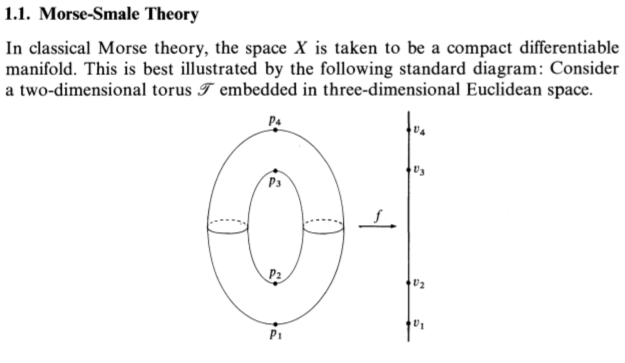(no subject)
Nov. 19th, 2024 09:32 pm“Fairy tales are one-dimensional, depthless, abstract, and sparse; their characteristic manner is matter-of-fact—describing a wolf devouring a young girl, ordering a palace chef to cook a young woman, or chopping up a child to make blood pudding arouses no cry of protest or horror from the teller. “This is as it is, as it happened; the tale is as it is, no more no less.”
...
“The poet W. H. Auden, discussing these imaginary zones, adopted the term ‘Secondary World’, which had been used by Tolkien and C. S. Lewis, and declared, ‘Every normal human being is interested in two kinds of worlds: the Primary, everyday, world which he knows through his senses, and a Secondary world or worlds which he not only can create in his imagination, but also cannot stop himself creating … Stories about the Primary world may be called Feigned Histories; stories about a Secondary world myths or fairy tales.’ ”
...
“but whatever their atmosphere, they’re also laboratories for experiments with thought, allegories of alternatives to the world we know.”
-- Warner, Marina;. “Once upon a Time.”
===
...
“The poet W. H. Auden, discussing these imaginary zones, adopted the term ‘Secondary World’, which had been used by Tolkien and C. S. Lewis, and declared, ‘Every normal human being is interested in two kinds of worlds: the Primary, everyday, world which he knows through his senses, and a Secondary world or worlds which he not only can create in his imagination, but also cannot stop himself creating … Stories about the Primary world may be called Feigned Histories; stories about a Secondary world myths or fairy tales.’ ”
...
“but whatever their atmosphere, they’re also laboratories for experiments with thought, allegories of alternatives to the world we know.”
-- Warner, Marina;. “Once upon a Time.”
===


